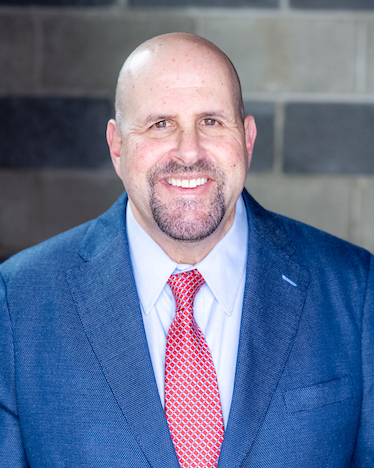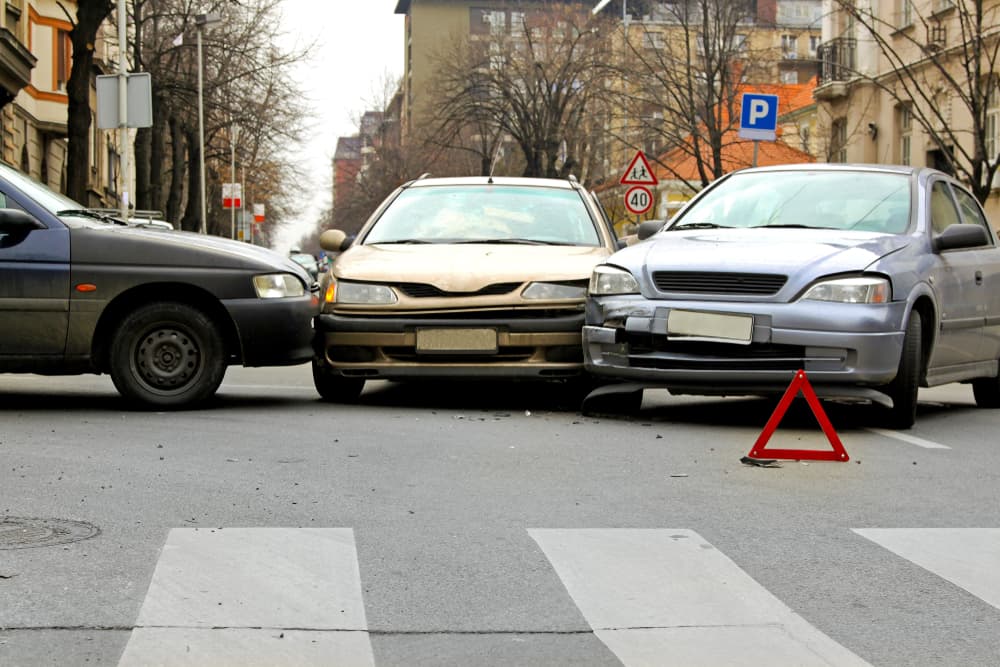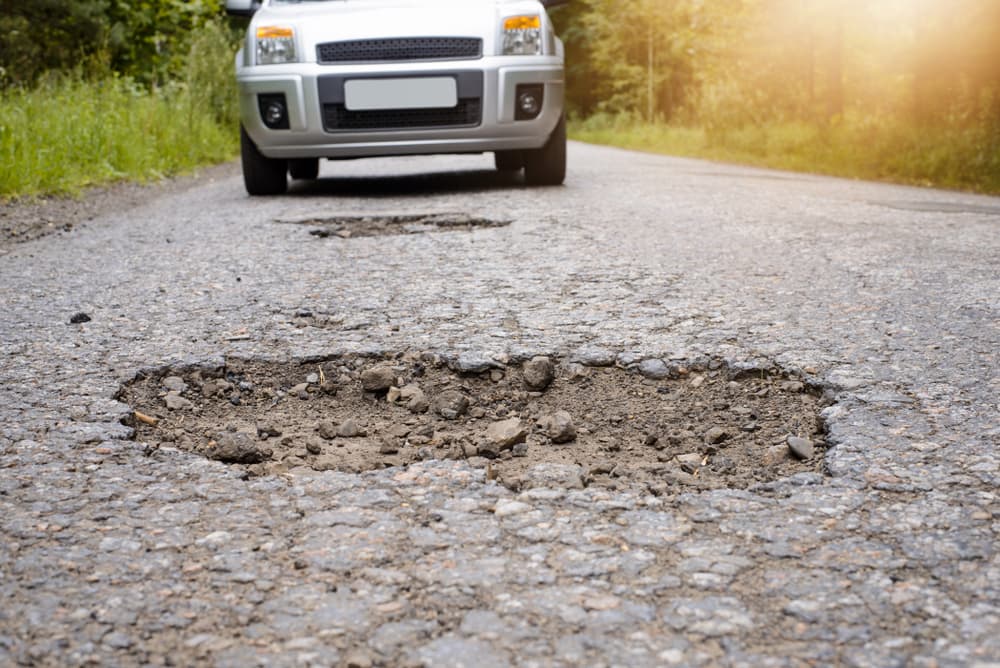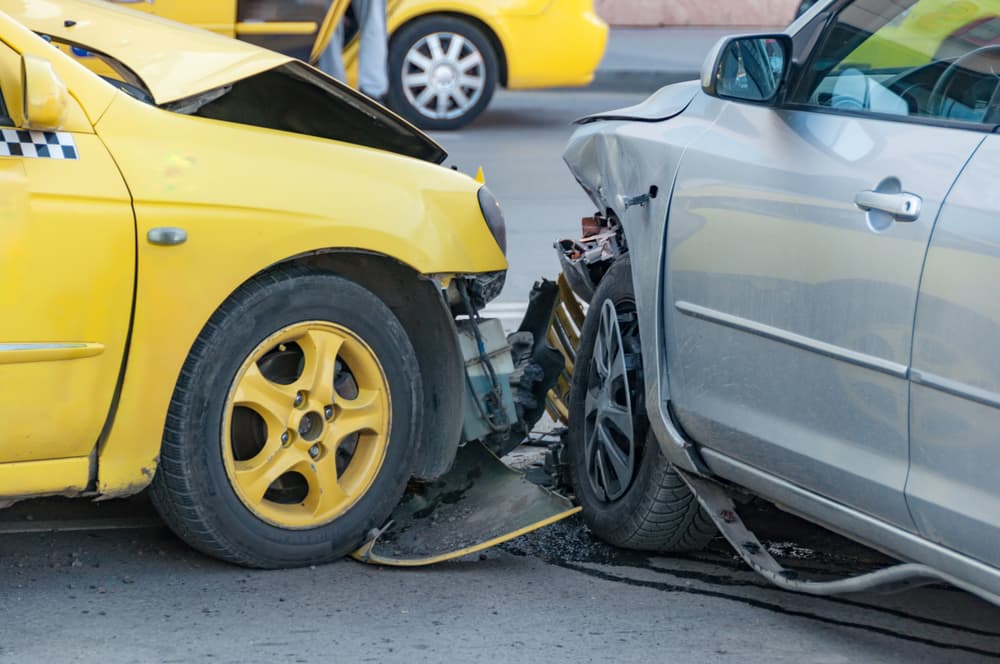What Are the Common Causes of T-Bone Car Accidents?
According to the Insurance Institute for Highway Safety (IIHS), 23 percent of vehicle occupants die in car accidents after a side-impact crash. Thus, T-bone car accidents and other side-impact collisions account for more than 5,000 deaths annually. Causes of T-bone car accidents vary greatly from one collision to another. However, some of the most common causes of these accidents include:- Drivers running a red light or failing to stop at a stop sign
- Drivers failing to yield the right of way at an intersection
- Driving under the influence of alcohol or drugs
- Driving while distracted
- Failing to indicate one’s intention to turn
- Exceeding the posted speed limit or driving too fast for conditions
- Reckless or aggressive driving
- Driving in adverse weather conditions (fog, rain, snow, etc.)
Who Is at Fault in T-Bone Car Accidents?
There are different scenarios in which a T-bone car accident may occur. Below is the breakdown of right-of-way rules and possible determination of fault in different kinds of side-impact collisions:- Accidents at a controlled intersection. If the intersection has traffic signals and signs, drivers must obey those signals and signs before entering the intersection. If a driver has a green light, they have the right of way and may enter the intersection first. However, if there were no witnesses, it could be difficult to prove that you had the right of way and the other driver was driving against a red light. According to a survey by the AAA Foundation for Traffic Safety, nearly a third of all motorists say they ran a red light in the past 30 days.
- Accidents at an uncontrolled intersection. According to traffic rules, drivers must yield the right of way to vehicles already in the intersection. In other words, the driver who arrived first has the right-of-way. However, if two vehicles reach the uncontrolled intersection at roughly the same time, drivers must yield the right of way to a vehicle on their right.
- U-turns across traffic. A driver who wants to make a U-turn across traffic must yield to all vehicles in oncoming traffic. Failure to do so may lead to a T-bone accident. In this case, the driver who makes a U-turn is usually at fault.
- Accidents in parking lots. T-bone accidents in parking lots may happen when a driver leaves a parking space or hits a vehicle in the perpendicular aisle. All drivers must remain vigilant and obey traffic control markings in a parking lot.
- Accidents that occur when leaving a driveway. Drivers leaving a driveway must yield the right of way to all vehicles that approach them before entering the roadway. A driver should not enter the roadway unless the nearest vehicle is a safe distance away to perform the maneuver.
- Left-turns across traffic. Many T-bone accidents occur when a driver is making a left turn. At uncontrolled intersections, the driver who makes a left turn is usually at fault for causing the collision with a vehicle from oncoming traffic. The only exception to the general rule is if the turning driver had the right of way because they had a green turn signal and the other driver ran a red light.
Can a Motorist Who Has the Right of Way Be at Fault for a T-Bone Car Accident?
The motorist who does not have the right of way will be held responsible for causing a T-bone car accident in the vast majority of cases. However, in some cases, the motorist who had the right of way may also share fault for the crash. Drivers must operate a vehicle safely and remain vigilant at all times, even when they have the right of way. In some side-impact collisions, the right who had the right of way may be partially at fault for causing the accident. Common examples of negligence on the part of the motorist who has the right of way include:- Exceeding the speed limit
- Driving too fast for conditions
- Driving at night without headlights
- Crossing multiple lanes of traffic in one movement
- Driving while distracted
- Driving under the influence of alcohol or drugs
- Failing to signal one’s intention to turn or change lanes
Can a Vehicle Manufacturer Be at Fault for a T-Bone Car Accident?
Some car accidents occur due to vehicle defects. When a T-bone accident occurs because of defective automobile parts, the parties involved in the crash might hold the vehicle manufacturer at fault. Common vehicle defects that may result in side-impact collisions include steering problems, defective brakes, and faulty accelerators. If brakes are defective, a driver may not stop their vehicle to avoid running a red light. As a result, a T-bone car accident may happen at an intersection. Often, product liability cases filed against vehicle manufacturers require testimony from accident reconstruction experts to help a judge and juries understand how the accident occurred. However, accidents involving defective automobile parts may involve several potentially at-fault parties:- The vehicle manufacturer and/or manufacturer of defective vehicle parts;
- The driver of the defective vehicle if they failed to properly inspect the vehicle or get routine maintenance; and
- The auto mechanic who inspected the vehicle during routine maintenance and failed to notice/fix the problem.
Can Road Engineers Be at Fault for a T-Bone Car Accident?
People who design and build our roads have a demanding challenge: to construct safe roadways after considering hundreds of factors. Some car accidents can result from improper road design, inadequate maintenance, or poor road signs and traffic signals. These issues can result in devastating collisions, including T-bone car accidents. For example, if a traffic light malfunctions, drivers may have a hard time determining who should have the right of way in their specific situation. If two motorists believe that they have the right of way, an accident is bound to happen. The Federal Highway Administration (FHA) estimates that more than half of all road accidents that result in injuries and deaths occur at or near intersections. An improperly designed intersection is a disaster waiting to happen. When drivers can prove that their accident was the result of improper road design or faulty traffic signals, they may hold road engineers or government agencies responsible for the resulting crash. In particular, roads and intersections may have an improper design when:- It has inappropriate or contradictory signage or markings
- It has too many or inadequate points of conflict, which are locations where paths merge, cross, or diverge
- It has a confusing layout that makes drivers more likely to make mistakes
How to Prove Fault in a T-Bone Car Accident?
Proving fault in a T-bone car accident usually requires a comprehensive investigation and/or testimony from accident reconstruction experts, especially if it is not immediately clear who had the right of way. Often, your ability to prove fault in a T-bone collision-or any other car crash, for that matter - hinges on the strength of your legal case. Your lawyer can help you strengthen your case by gathering all available pieces of evidence that prove the other party’s fault. Some evidence that may help determine liability for a T-bone car accident includes:- A police report that establishes the facts surrounding your T-bone accident
- Statements provided by witnesses who saw how the accident occurred
- Photos showing the extent of vehicle damage
- Testimony from accident reconstruction experts
- Video footage from surveillance or traffic cameras showing the moment of the collision
What Damages Can You Recover After a T-Bone Car Accident?

- Crush injuries
- Spinal cord injury
- Traumatic brain injury
- Paralysis
- Loss of a limb
- Back and neck injuries
- Past and future medical expenses
- The cost of medical care, including rehabilitation, hospitalization, physical therapy, and others
- Loss of income
- Diminished or lost earning capacity
- Loss of consortium
- Emotional distress
- Pain and suffering
Abels & Annes 100 N LaSalle St #1710 Chicago, IL 60602 (312) 924-7575



